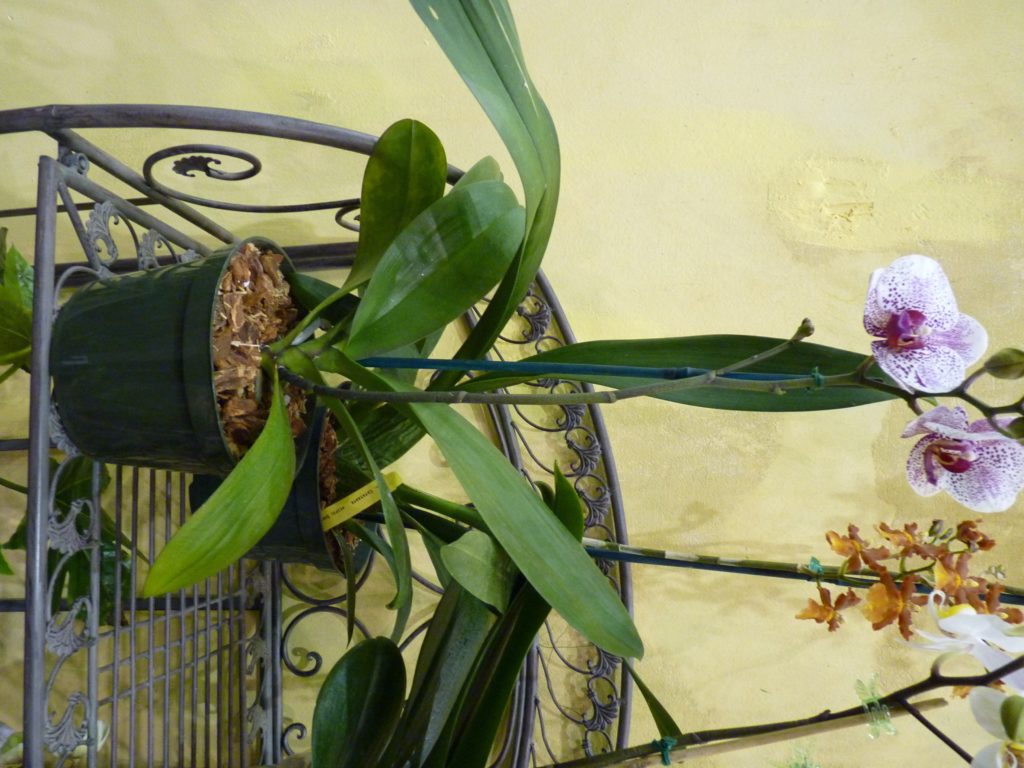Before you fertilize your orchids, it is important to follow the directions of the orchid fertilizer on the package. The manufacturer will usually tell you to mix one teaspoon of fertilizer per gallon of water. You can, however, cut this amount in half or a quarter. Instead, mix one-half to one-fourth of the fertilizer with each watering. Make sure to rinse the plants after each fertilizing to prevent any salt buildup.
orchid Fertilizer Dosage
The correct orchid fertilizer dosage will ensure the optimum growth of your plants. Many orchid fertilizers are made from fish protein, soy protein, hydrolyzed poultry, bone meal, and kelp extract. These plant nutrients contain potash, calcium, and other essential nutrients. The best way to use these products is to follow the instructions on the package. It is also important to remember that the fertilizer you choose should be sized to match the size of the pot in which you’re growing the plant.
The recommended dosage for orchid fertilizer varies from product to product. In general, the manufacturer’s instructions suggest adding one teaspoon per gallon of water. However, if you’re unsure about the exact dosage for your orchid, use half to a quarter of the recommended amount. Remember to rinse the plant thoroughly after every watering, as salt can build up on the leaves of your orchids.

Mixing Your Orchid fertilizer
Using orchid fertilizer is a convenient, low-cost way to provide your orchid with the nutrients they need to thrive. It also helps to promote new growth and colorful blooms. Unlike regular fertilizer, orchid fertilizer expires after two months, making it an ideal solution for people who don’t have the time or the inclination to feed their plants regularly.
When you mix fertilizer for orchids, be sure to use a well-balanced blend. A high-quality, balanced formula is equally as effective at producing blooms as boosters. It also benefits all plants. There is an entire industry devoted to the sale of orchid food, but it’s important to avoid being overwhelmed by marketing hype. Despite the claims of the various brands, one nitrogen molecule is nearly identical to another.
Avoiding urea
Fertilizing your orchids is an important part of keeping them healthy. Most orchids need higher levels of nitrogen than other household plants. This is because their potting medium is usually made from tree bark, which contains bacteria that feed off nitrogen fertilizer. Avoid overfertilizing orchids by following the manufacturer’s instructions for fertilization.
Fertilizing orchids during the winter months can help them withstand cold weather and keep blooming longer. A winter fertilizer with a lower nitrogen content and a higher potassium content is ideal. During the winter season, you can also use less frequent fertilization to promote a healthy orchid.
If you’d like to use fertilizer on your orchids, make sure to look for one that doesn’t contain urea. Many commercial fertilizers have varying amounts of urea and other nitrogen-containing chemicals. Non-urea fertilizers should be half-strength and mixed with water before applying.
Mixing with rainwater or reverse osmosis (RO) water
Mixing with rainwater or reverse odized water for orchid fertilization is a good way to get a balanced mix of nutrients for your plants. The key is to avoid adding too much nitrogen, which can be bad for the roots. Fortunately, urea is easily broken down into ammonium, which orchid roots can easily absorb. Reverse osmosis water is also free of dissolved solids, which make it ideal for orchid fertilization.
It’s best to purchase orchid fertilizer specifically labeled for this purpose. Ideally, the product will have a balance of three major elements – carbon, phosphorus, and nitrogen – in its composition. The label should also give the percentage of each element.
